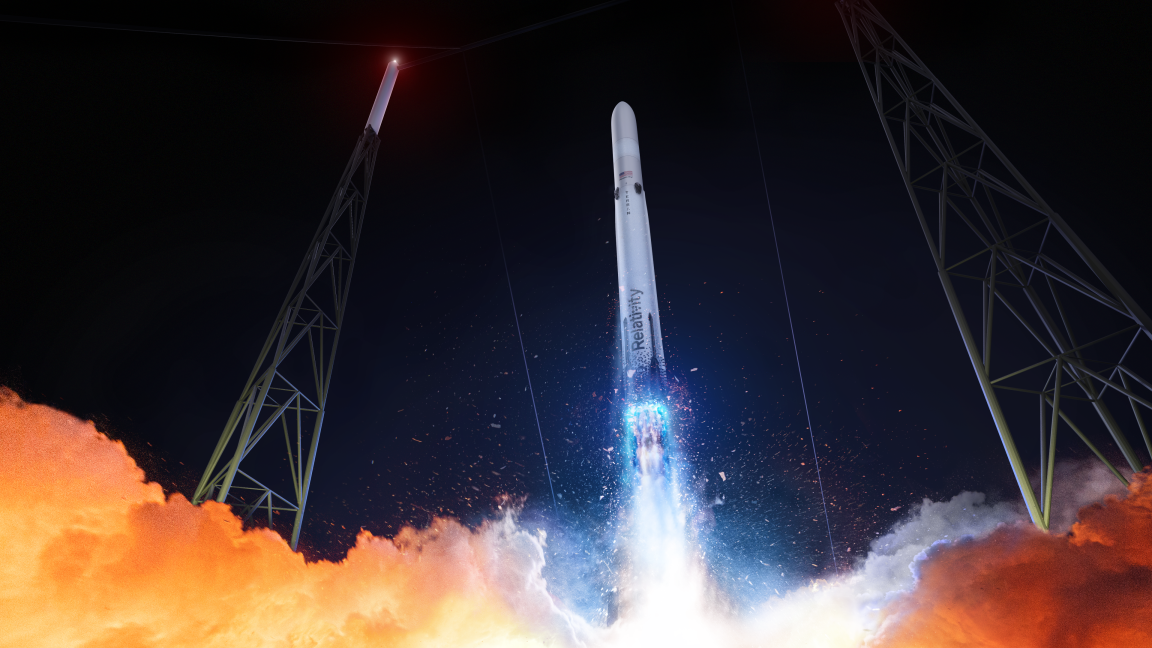For a number of years, a cutting-edge, California-based launch business named Relativity Space has actually been the beloved of investors and media.
Relativity assured to disrupt launch by taking a rather particular niche innovation in the space sector at the time, 3 D printing, and using it as the foundation for manufacturing rockets. The pitch worked. Relativity’s chief executive Tim Ellis suched as to boast that his first financier call was to Dallas Mavericks owner Mark Cuban, who reduced the firm’s very first check. Cuban invested half a million bucks.
That was simply the start of the torrent of fundraising by Ellis, that, by November 2023, turned the independently held Relativity right into a $ 4 5 billion firm following its newest, Series F funding. This was a remarkable beginning for the company established by Ellis and Jordan Noone, both designers, in 2016
A big wager
The Collection F round happened as Relativity was amid a bold gamble that, in knowledge, might have been an inadequate wager. In March 2023, the company released its Terran 1 rocket for the first– and only– time. After this trip, Ellis introduced that the company was pivoting immediately to developing the much bigger and even more qualified Terran R rocket.
“It’s a big, bold bet,” Ellis claimed in a meeting. “However it’s really an actually apparent choice.”
With a promoted capability of more than 1 metric load to low-Earth orbit and a “backlog” of launch contracts valued in the thousands of millions of bucks, according to Ellis, Terran 1 had the potential to attract considerable income. It can likewise have actually caught a share of launch contracts that have because been snared by competitors such as Rocket Lab, with its smaller Electron automobile, and Firefly, with its equally sized Alpha rocket.
